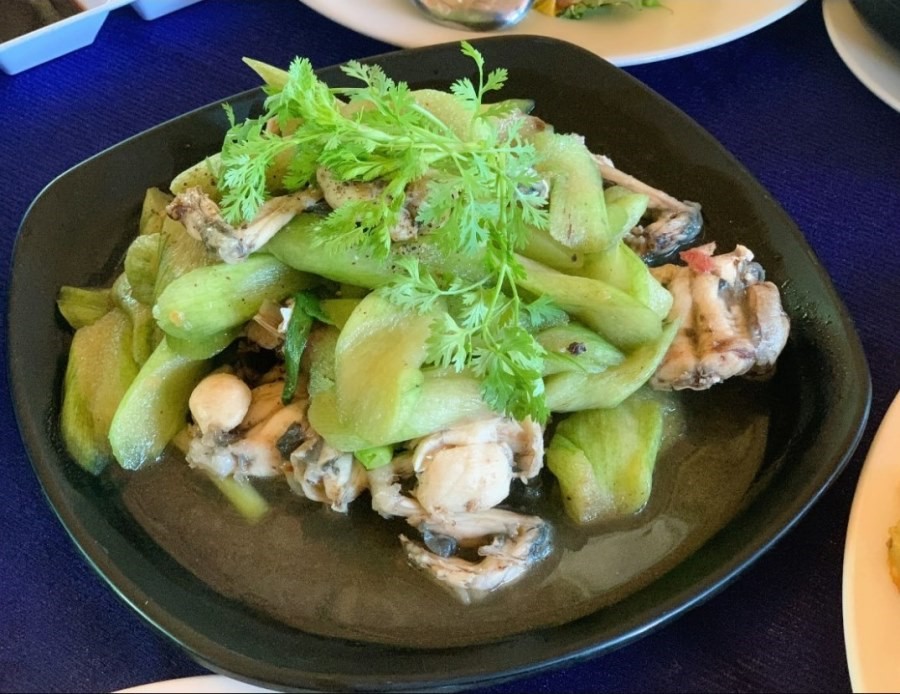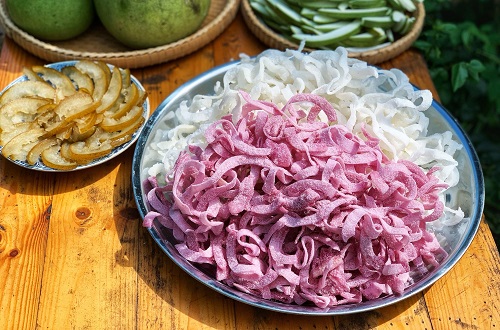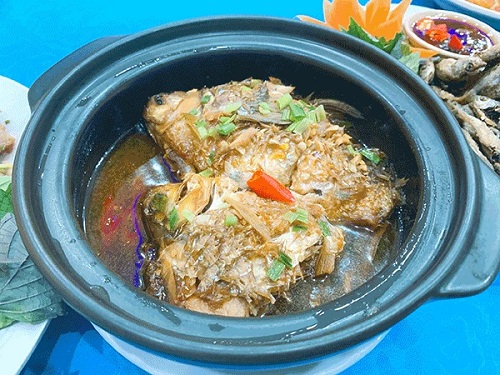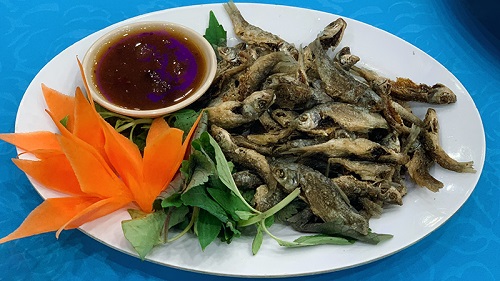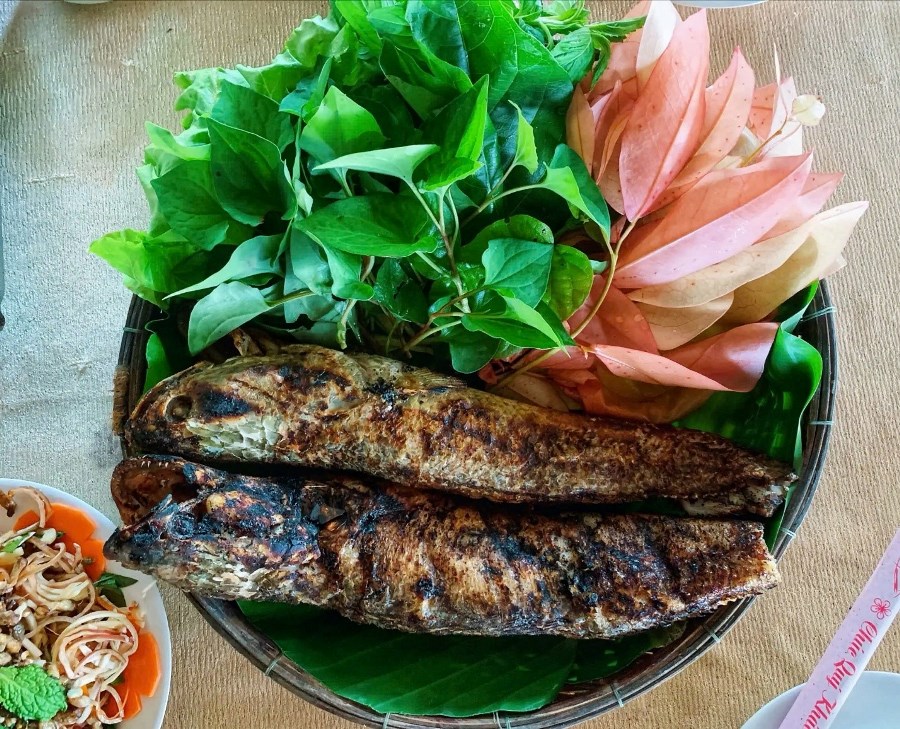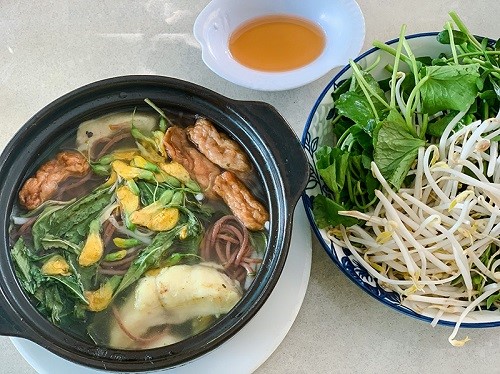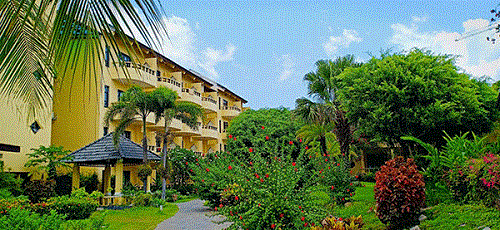
Experience from other countries in the region
Many countries in Europe have gradually reopened tourism from the beginning of 2021, while this process in Asia has been slower. Thailand is one of the pioneer countries to welcome international visitors back from July 2021, through the pilot program called “Phuket Sandbox”. The Sandbox model enables fully vaccinated travelers to come to Phuket but requires them to remain in the Phuket area for the entire stay, or in some cases the first 7 or 14 days. They must also book and pay for RT-PCR tests (done on day 6 - 7 and on day 12 - 13 depending on the duration of your stay) and purchase medical insurance to cover potential COVID-19 treatment. Before they travel they must also receive a negative test result, which is no older than 72 hours. This idea is to create a travel bubble that will keep both visitors and locals safe. “Phuket Sandbox” has created a boost for the tourism industry of Thailand in the past 2 months and has become a model for other vacation hotspots in Asia to prise open their borders.
Currently, the Tourism Authority of Thailand (TAT) is preparing to introduce to the Center for Economic Situation Administration (CESA) a no-quarantine tourism proposal for fully-vaccinated foreigners under the “One SOP One System” (OSOS) scheme to be implemented this October. Under this OSOS plan, every province in Thailand will apply the same SOPs (standard operating procedures) which will allow tourists to travel more freely within designated areas. In return, visitors still have to comply with the pandemic prevention and control and turn on the tracing application regularly. The first localities to apply the “No Quarantine” Phuket Sandbox program are Bangkok, Chiang Mai, Chon Buri, Phetchaburi và Prachuap Khiri Khan. At the end of October, 21 other destinations will be added to the list, including Chiang Rai, Sukhothai, and Rayong, Samui, Tao, Phangan, etc. However, TAT's plan has changed from October to November for Bangkok, Hua Hin, Pattaya, and Chiang Mai. The main reason is that people in these locations have not met the required rate of COVID-19 vaccination. The “No Quarantine” Phuket Sandbox program aims to create unity in tourism models of the whole country and towards creating favorable conditions for visitors. Moreover, this new tourism scheme is preparation for Thailand to expand tourist areas to welcome international visitors in the future.
Malaysia is also one of the first countries in Asia to welcome back foreign tourists after more than a year of hiatus. From mid-September 2021, Malaysia launched a pilot domestic “travel bubble” plan in Langkawi island and received about 3,000 tourists on the first day. Success in Langkawi allows Malaysia to consider expanding the “travel bubble” in Johor state. Accordingly, the state of Johor proposed 3 destinations that will apply this model namely coastal areas of Desaru, Mersing, and Muar city. These are all famous and most visited spots by international tourists. These places have achieved a COVID-19 vaccination rate of over 80%, which is in line with the conditions for welcoming tourists from the Malaysian government. Mersing Island alone, also called the “Maldives of Malaysia”, has achieved a 100% vaccination rate.
Singapore also officially resumed international tourism from September 2021. This country is applying for the program “Vaccinated Travel Lane” - VTL. This is a program that Singapore applies exclusively to affiliated countries such as Germany and Brunei. Then, the program will gradually expand to other countries. Under the VTL scheme, vaccinated travelers do not need to serve quarantine upon arriving in Singapore, but will have to take pre-departure and post-arrival polymerase chain reaction (PCR) tests for the coronavirus. They also must travel on designated VTL flights. Moreover, eligible travelers will have to apply for a VTS pass approved by the Civil Aviation Authority of Singapore (CAAS) to enter the country.
Indonesia may allow foreign tourists to start returning to the popular resort island of Bali and other parts of the country by October after a sharp slide in COVID-19 cases. South Korea, Japan, Singapore, and New Zealand, are among countries the government is considering accepting foreign nationals from first, given the low virus spread in those nations. Indonesia will also adopt a "travel bubble" model with strict policies on vaccinations and COVID-19 testing.
It can be seen that many countries apply the “Travel Bubble” or the “Vaccinated Travel Lane” as one of the solutions to welcome back tourists. In particular, vaccination is still a prerequisite besides appropriate policies and roadmaps.

Phuket Island. Source: phukettoursdirec.com
Vietnam carefully chooses the appropriate solutions
Vietnam's tourism industry is also considering reopening international tourism. In which, Phu Quoc was chosen as a pilot site for the “travel bubble” and “Vaccinated Travel Lane” in the spirit of Dispatch No. 6345/VPCP-KGVX of the Government.
These models will be piloted in 6 months. If effective, the tourism sector will gradually expand these models to more destinations such as Ha Long (Quang Ninh), Hoi An (Quang Nam), Nha Trang (Khanh Hoa), Da Lat (Lam Dong), etc. The selection of pilot sites is also considered according to the following criteria: geographical separation and a diversified and closed service system. According to the itinerary, the COVID-19 vaccination rate is a prerequisite and it is necessary to establish a safe and closed corridor system. Phu Quoc, therefore, focuses on full vaccination for its people to create herd immunity, healthcare capacity as well as establishing medical procedures in receiving tourists, handling medical incidents, connecting and managing the suitable tourist market, and so on.
In September 2021, Quang Ninh province had a discussion with Phuket province (Thailand) on the reopening of tourism in the context of the COVID-19 pandemic. The Thai side also shared their experience on the “Phuket Sandbox” model as Quang Ninh province wanted to welcome international tourists in the near future. Quang Ninh has also gradually opened to domestic tourism from September 21st as 100% of its eligible residents are fully vaccinated against COVID-19. The province's plan to promote and stimulate domestic tourism begins in November, focusing on the northern market and gradually expanding to localities with high COVID-19 vaccination rates. Quang Ninh will continue to connect and exchange with Phuket to have orientations to welcome international guests when permitted.
Khanh Hoa has developed a plan to welcome back international tourists. The locality is submitting to the Prime Minister for permission to welcome international visitors from November 2021, with the vaccine passport plan. This scheme has two phases, piloting from November to December 2021, then evaluating and adjusting, to gradually implement officially from January to March 2022. In phase 1, Khanh Hoa will only focus on welcoming guests at resorts in the North Cam Ranh peninsula tourist area (Bai Dai). In phase 2, Khanh Hoa will expand to isolated tourist areas such as Vinpearl Hon Tre island, Hon Tam tourist area. Currently, Khanh Hoa province prioritizes foreign tourists from Russia, Japan, and South Korea. Vinpearl, Vietjet, and Vietravel are allowed to receive guests in the form of charter flights. According to Khanh Hoa Tourism Department, international tourists entering the province must meet the following conditions such as being fully vaccinated with 2 doses of COVID-19 vaccine (the second dose has passed 14 days) or a certificate of recovery from COVID-19. Travelers under 18 must have a certificate of negative RT-PCR tests for SARS-CoV-2 within 48 prior to departure. Long-staying or extended-stay guests must use self-contained tour packages and services from eligible travel agencies and restrict movement.
Each locality has its own policies and regulations that are suitable for tourism. However, the tourism sector still needs a mechanism and general regulations for rapid recovery. Moreover, it is also to avoid overlapping when each place has different regulations that leave tourists, travel businesses, and service providers in a passive and inconvenient, thus As a result, leading to disruptions in the supply chain. Therefore, safe and appropriate solutions must still be a top priority
Source: Can Tho News - Translated by Hoang Dat







